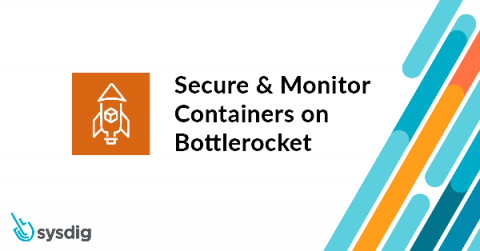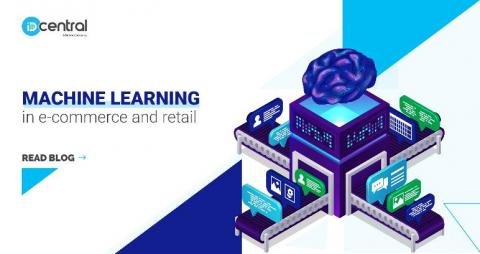Improve Workflow Collaboration with Slack Integration for ZenGRC
Not long ago, we’d say “slack” to describe not working, as in “slacking on the job.” With the advent of the Slack app, though, the term has become synonymous with productivity. And Slack’s ability to work in tandem with hundreds of applications makes this popular team communication and collaboration tool even more useful.








